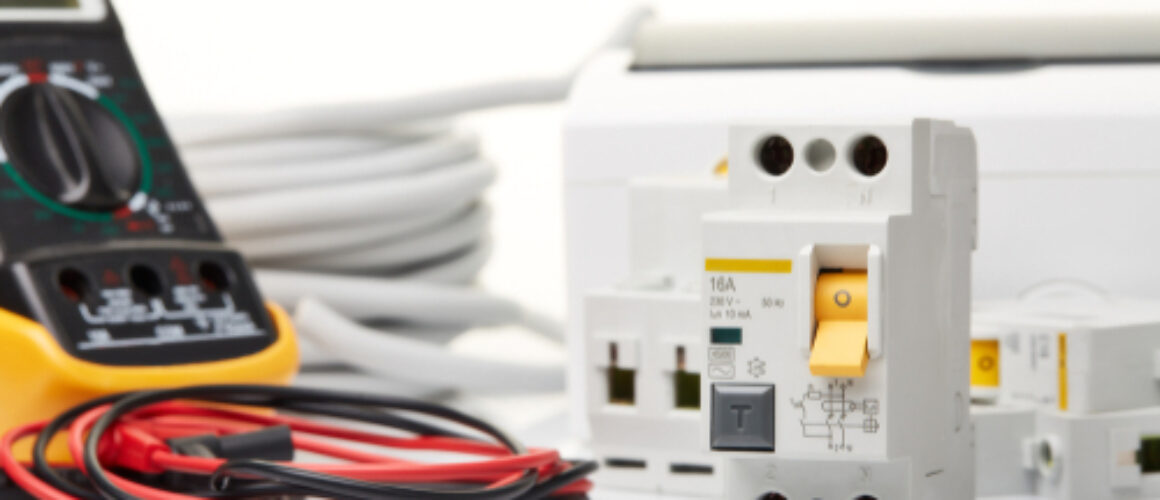Protecting Lives and Property: The Vital Role of Residual Current Devices in Electrical Safety
Residual Current Devices (RCDs) are essential components in electrical systems, playing a crucial role in safeguarding lives and property against electrical hazards. As a critical safety device, RCDs continuously monitor electrical circuits for imbalances in current flow and promptly disconnect power in the event of a fault. Let’s explore the vital role of RCDs in electrical safety and their importance in protecting lives and property.
Detecting Electrical Faults
RCDs are designed to detect residual currents, which occur when electricity leaks from a circuit due to faults such as insulation breakdown, accidental contact with live parts, or equipment malfunction. By continuously monitoring the balance between incoming and outgoing currents, RCDs can detect even small imbalances in current flow, indicating the presence of a fault.
Promptly Disconnecting Power
In the event of a fault, RCDs respond swiftly by disconnecting power to the affected circuit within milliseconds, minimizing the risk of electric shock, fires, and other electrical accidents. By interrupting the electrical supply before a fault escalates into a hazardous situation, RCDs help prevent serious injuries, property damage, and even fatalities.
Types of RCDs
There are different types of RCDs available, each designed for specific applications and environments:
- Residual Current Circuit Breakers (RCCBs): These RCDs are installed in electrical distribution boards and provide protection for entire circuits. RCCBs monitor the current flowing through both the live and neutral conductors and trip if an imbalance is detected.
- Socket-Outlet RCDs: These RCDs are built into power outlets and provide localized protection for individual sockets or appliances. Socket-outlet RCDs are commonly used in residential, commercial, and industrial settings to protect portable appliances, power tools, and other equipment.
- Portable RCDs: Also known as plug-in RCDs or inline RCDs, these devices are portable and can be plugged into existing power outlets to provide additional protection for electrical appliances and extension cords. Portable RCDs are ideal for use with outdoor power tools, portable heaters, and temporary electrical installations.
Importance in Electrical Safety
The importance of RCDs in electrical safety cannot be overstated. These devices are essential for:
- Preventing Electric Shock: RCDs significantly reduce the risk of electric shock by quickly disconnecting power in the event of a fault, preventing the flow of current through the body.
- Minimizing Fire Hazards: By detecting and isolating electrical faults, RCDs help prevent electrical fires caused by overheating, short circuits, or insulation failures.
- Protecting Against Electrocution: RCDs provide a crucial layer of protection against electrocution, particularly in wet or damp environments where the risk of electric shock is heightened.
- Compliance with Regulations: Many electrical safety standards and regulations require the installation of RCDs in certain environments, such as residential dwellings, workplaces, and outdoor installations. Compliance with these regulations helps ensure a safe and healthy environment for occupants and workers.
Conclusion
In conclusion, Residual Current Devices (RCDs) are indispensable components in electrical safety, offering vital protection against electric shock, fires, and other electrical hazards. By promptly detecting and disconnecting power in the event of a fault, RCDs play a critical role in safeguarding lives and property in residential, commercial, and industrial settings. As a fundamental safety measure, the installation of RCDs is essential to ensure compliance with regulatory requirements and promote a safe electrical environment for all.




